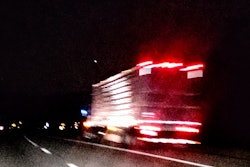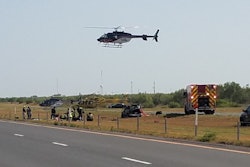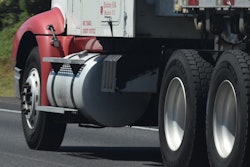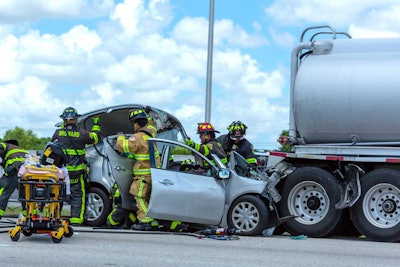
There’s an old saying about courts and legislatures: Hard cases make bad law. It means a case based on extreme circumstances is a bad foundation for a law with wider application. For a good example, look no further than an amendment to the U.S. House’s Invest in America highway bill that, among many other provisions, would increase carriers’ minimum liability insurance requirements from $750,000 to $2 million.
No doubt the ambulance chasers are upset that small carriers aren’t carrying their weight as liability targets. After all, the much-publicized “nuclear verdicts” of recent years have moved the biggest fleets, which are self-insured or voluntarily carry much higher amounts of liability, into a cash-vending league of their own.
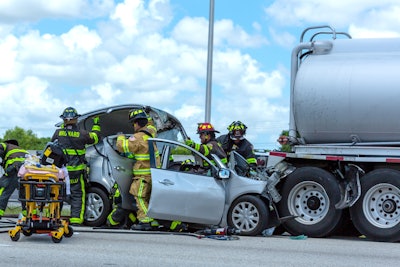 New research shows that from 2010 to 2018, the size of $1 million-plus truck-crash verdicts grew almost tenfold.
New research shows that from 2010 to 2018, the size of $1 million-plus truck-crash verdicts grew almost tenfold.A study of jury awards exceeding $1 million in truck wrecks released last week by the American Transportation Research Institute shows that from 2010 to 2018, the average size of verdicts grew 52% every year. That’s nearly tenfold, from $2.3 million to $22.3 million. Even healthcare costs, known for relentless escalation, grew only 3% annually during that period.
As the American Trucking Associations and the Owner-Operator Independent Drivers Association argued last year against an attempt to raise the minimum liability to almost $5 million, claims in fewer than 1% of truck crashes breach the $750,000 minimum. These relatively few incidents are the hard cases that would indeed make bad law.
One reason is because the nuclear verdicts already have rear-ended the insurance market for new fleet entrants and small existing fleets, crippling their prospects. A decade ago, the better operators among that group might pay $5,000 to $7,000 per truck per year, said David Owen, president of the National Association of Small Trucking Companies. Now, “I hear the numbers are well over $20,000,” he said. “You can’t operate at that level.”
Add to that what’s expected to be a slow economic recovery from the pandemic, and there’s no cause to needlessly boost costs on the sector of trucking that can least afford it.
Proponents of a higher minimum say the existing level, established in 1980, is outdated. What they don’t mention as also outdated are the 1980 stereotypes of coercive dispatchers, of reckless drivers popping pills and faking logs. Rates of drug and alcohol use by drivers, as well as log violations, are tiny fractions of what they were 40 years ago. Not to mention that mandated e-logging makes cheating far more difficult. Truck-related fatalities, too, have fallen dramatically.
In short, bad-boy drivers continue to get driven out of the system. Small fleets that try to employ renegades get driven out, too, because they simply can’t afford the insurance.
There’s a good chance the higher liability minimum won’t come to pass — at least this time around. Mike Bost, an Illinois Congressman who’s a former trucker, proposed an amendment that would delete the proposed hike in the liability minimum. Even if that failed, the provision might well get cut from the highway bill as the Democrat-controlled House and the Republican-controlled Senate work toward a compromise.
But just as it came up in 2013 and again in last year’s $5 million version – one of two co-sponsors being Rep. Matt Cartwright (D-Pennsylvania), “a third-generation ambulance chaser before he became a representative,” as Owen described him – don’t be surprised if it resurfaces again.


